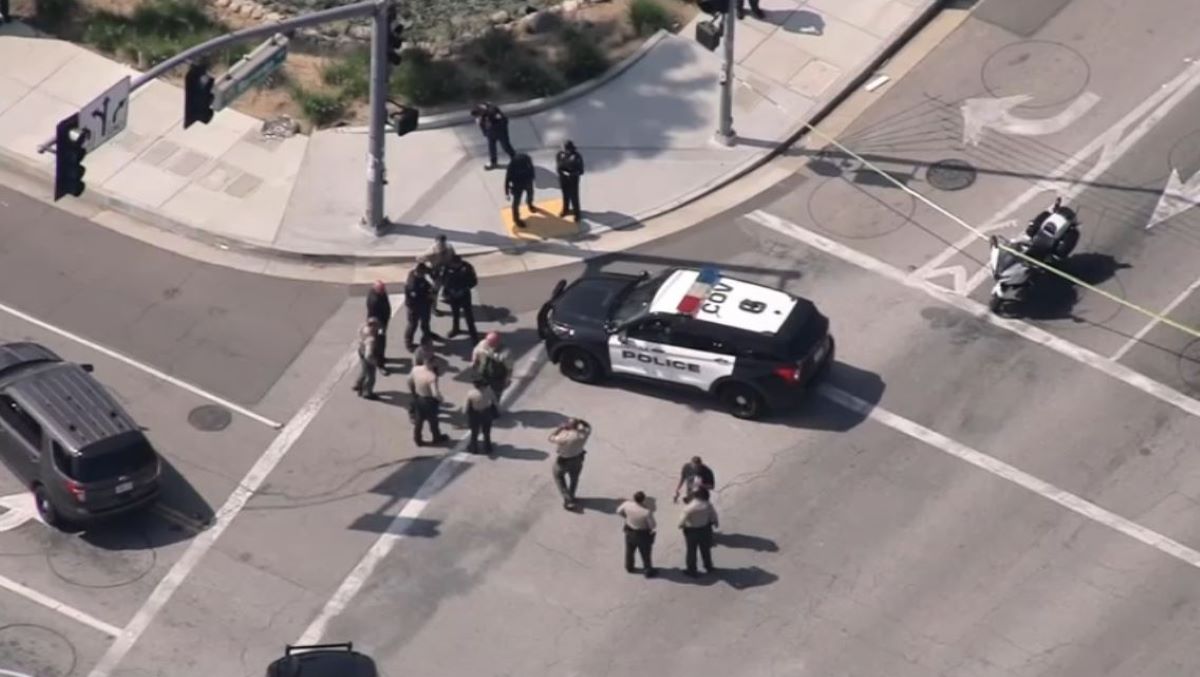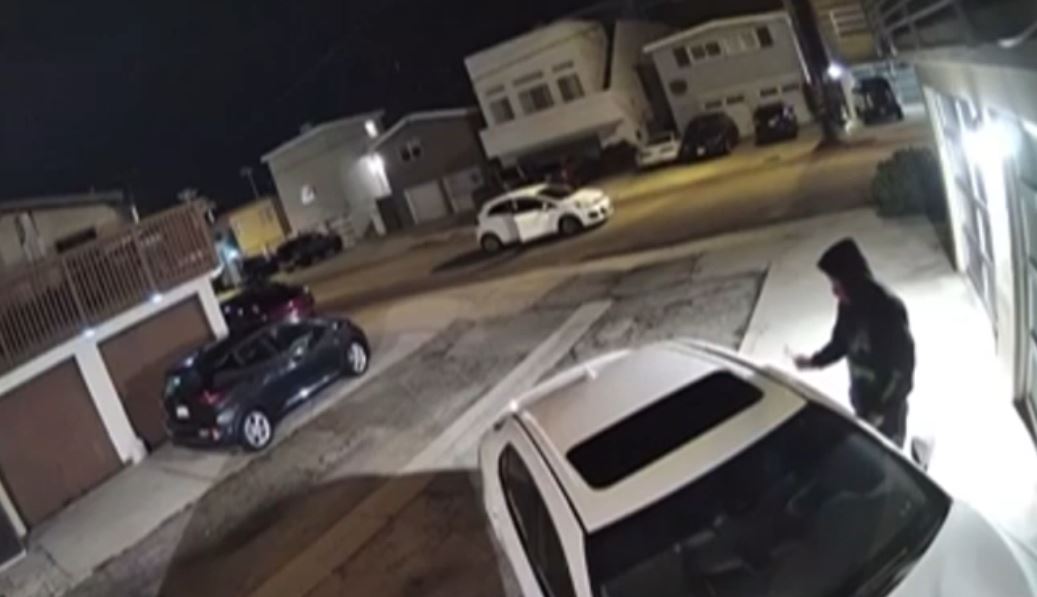New seat belt technology designed to protect drivers and passengers are being blamed for some severe injuries.
Before the mid-2000s, seat belts in cars were designed to lock drivers and passengers in place in a crash. While the locking mechanism is credited for saving lives, it could also cause serious chest injuries, such as broken ribs.
Concerns about chest trauma led seat belt makers to modify belts so they "spool out," or release, on impact, trusting the air bags to cushion the blow to drivers and passengers.
But some car safety experts see a dangerous downside to the new design.
"The problem [is] that most of these devices don’t have a limit," said Steven Meyer, a partner at Safety Analysis & Forensic Engineering in Goleta, California. He’s spent nearly two decades reconstructing vehicular accidents and studying seat belt safety.
"[The newer seat belts] will not only [spool out] a few inches," Meyer told the I-Team. "They’ll go until sometimes you run out of belt, or hit something else."
John Cancelleri was left paralyzed in 2010, when the air bag in his 2005 Mercury Sable didn’t deploy in a 2010 crash. Cancelleri’s attorney Jim Mundy says the injury was caused by the seat belt spooling out, which allowed him to lurch forward far enough to sustain severe head trauma.
News
Top news of the day
"The seat belt actually gives you up to what’s supposed to be a waiting air bag," said Mundy. "In this case, the seat belt gave him up to a windshield."
The National Highway Traffic Safety Administration has conducted studies on seat belt design, and said in a statement that while some spool-out is generally a good idea, because it has prevented severe chest injuries, the newer design "may be allowing injuries to occur in some kinds of crashes," like when air bags don’t deploy, or a car is hit at an angle.
Crash investigator Meyer says simply shortening the distance a seat belt can spool-out would make cars safer.
"I do think we need to rethink how we are doing the whole system," Meyer said.
Cancelleri sued Ford Motors, claiming the restraint system in his 2005 Mercury failed, and won a $5.9 million judgment. The carmaker is appealing the ruling, and issued a statement to the I-Team, saying "Ford’s restraint system is safe and performed as designed in the Cancelleri accident."
Cancelleri says the money — if he ever sees any of it — won’t give him what he truly wants.
"For the good Lord to help me to walk," Cancelleri said.
So far, there are no statistics on the confirmed number of spool-out related injuries or deaths, but at least 20 lawsuits have been filed in the last several years.



